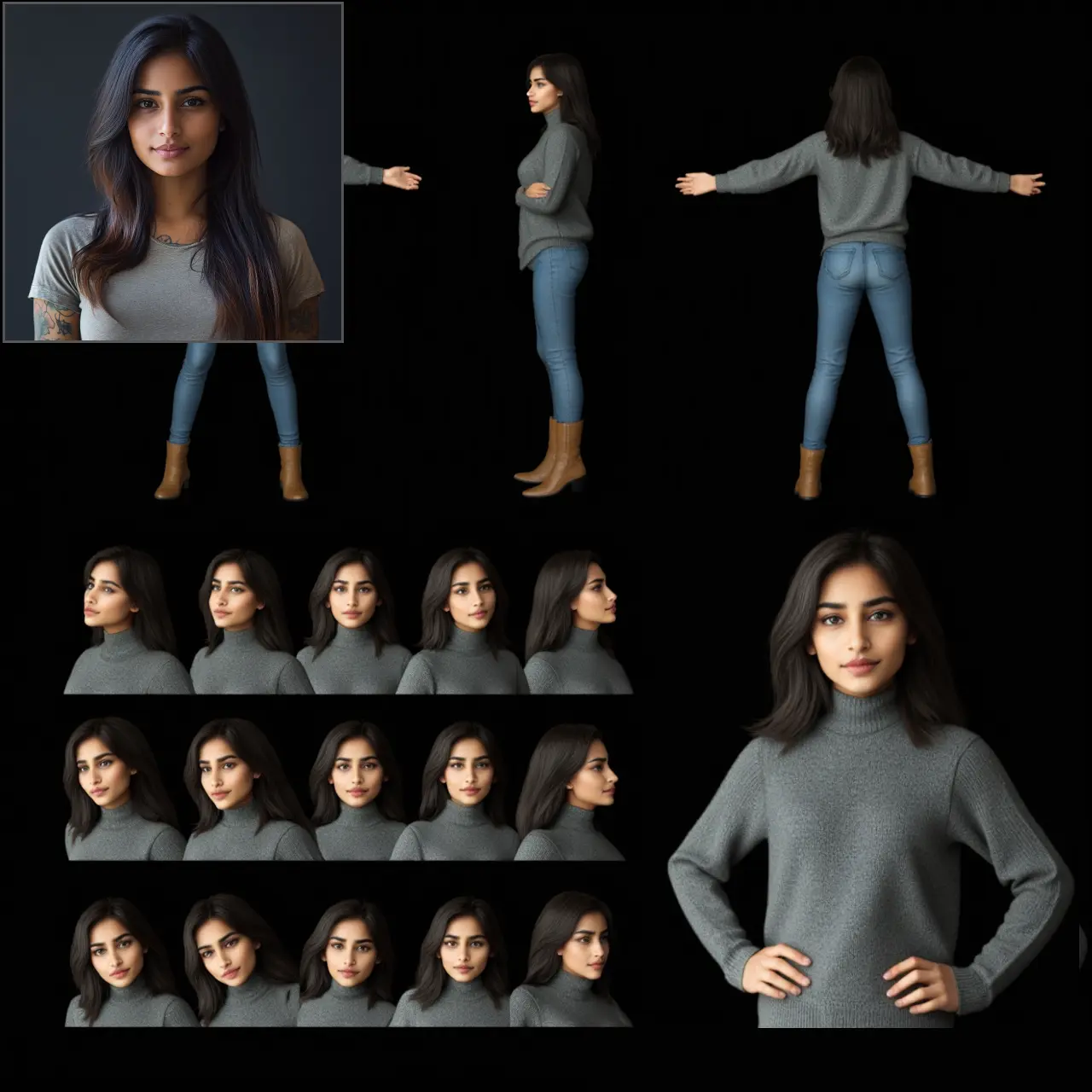ComfyUI Node: SEGS to Mask List
ImpactSEGSToMaskList
CategoryImpactPack/Util
Dr.Lt.Data (Account age: 747days) Extension
ComfyUI Impact Pack Latest Updated
2025-03-23 Github Stars
2.28K
How to Install ComfyUI Impact Pack
Install this extension via the ComfyUI Manager by searching for ComfyUI Impact Pack- 1. Click the Manager button in the main menu
- 2. Select Custom Nodes Manager button
- 3. Enter ComfyUI Impact Pack in the search bar
Visit ComfyUI Online for ready-to-use ComfyUI environment
- Free trial available
- 16GB VRAM to 80GB VRAM GPU machines
- 400+ preloaded models/nodes
- Freedom to upload custom models/nodes
- 200+ ready-to-run workflows
- 100% private workspace with up to 200GB storage
- Dedicated Support
SEGS to Mask List Description
Converts segmentation data into masks for image processing tasks, ensuring consistency and ease of manipulation.
SEGS to Mask List:
The ImpactSEGSToMaskList node is designed to convert segmentation data (SEGS) into a list of masks. This node is particularly useful for AI artists who need to manipulate or analyze segmented images by transforming them into a more manageable and versatile mask format. By converting SEGS into masks, you can easily apply various image processing techniques, such as filtering, blending, or masking specific regions of an image. This node ensures that even if no masks are generated from the input SEGS, a default empty mask is created to maintain consistency in the output. The primary goal of this node is to facilitate the handling of segmented data by providing a straightforward method to generate masks, which can then be used in subsequent image processing tasks.
SEGS to Mask List Input Parameters:
segs
The segs parameter represents the input segmentation data that you want to convert into masks. This parameter is crucial as it contains the segmented regions of an image that will be transformed into individual masks. The segs parameter is expected to be of type SEGS, which is a specific format used to represent segmented image data. This input is required for the node to function correctly, as it forms the basis for generating the output masks.
SEGS to Mask List Output Parameters:
MASK
The MASK output parameter is a list of masks generated from the input segmentation data. Each mask in the list corresponds to a segmented region from the input segs. These masks are in a format that can be easily used for further image processing tasks, such as applying filters, blending, or masking specific areas of an image. The output masks are essential for AI artists who need to manipulate segmented regions of an image in a flexible and efficient manner.
SEGS to Mask List Usage Tips:
- Ensure that the input
segsparameter contains valid segmentation data to avoid errors and ensure accurate mask generation. - Use the generated masks for various image processing tasks, such as filtering, blending, or masking specific regions of an image, to achieve the desired artistic effects.
- If no masks are generated from the input
segs, the node will create a default empty mask to maintain consistency in the output, ensuring that subsequent nodes can still process the output without errors.
SEGS to Mask List Common Errors and Solutions:
"Input SEGS is empty"
- Explanation: This error occurs when the input
segsparameter is empty or not provided. - Solution: Ensure that you provide valid segmentation data in the
segsparameter before executing the node.
"Failed to generate masks from SEGS"
- Explanation: This error occurs when the node is unable to generate any masks from the provided segmentation data.
- Solution: Check the input
segsparameter to ensure it contains valid and correctly formatted segmentation data. If the issue persists, consider reviewing the segmentation process to ensure it produces usable data.
"Invalid SEGS format"
- Explanation: This error occurs when the input
segsparameter is not in the expectedSEGSformat. - Solution: Verify that the input
segsparameter is correctly formatted asSEGS. If necessary, convert or preprocess the segmentation data to match the expected format before using the node.
SEGS to Mask List Related Nodes
RunComfy is the premier ComfyUI platform, offering ComfyUI online environment and services, along with ComfyUI workflows featuring stunning visuals. RunComfy also provides AI Playground, enabling artists to harness the latest AI tools to create incredible art.

